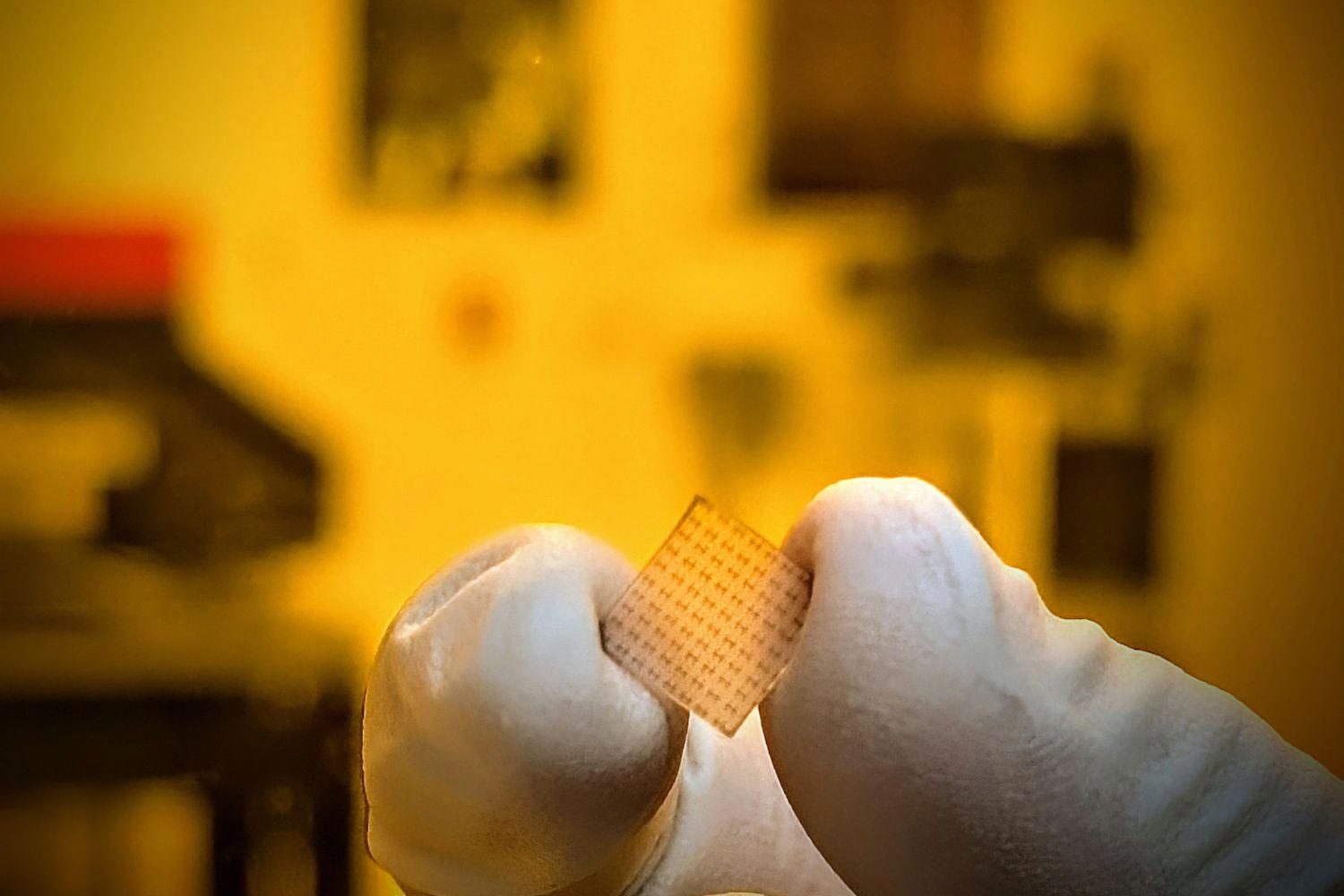Connect with us
Published
1 week agoon
By
admin
Stanford researchers have discovered that niobium phosphide, when made into ultrathin films, exhibits superior electrical conductivity compared to copper, particularly in nanometer-scale applications. Traditional copper wires face significant efficiency losses as they thin, limiting advancements in nanoscale electronics. The study, published in Science, highlights that these niobium phosphide films can conduct electricity effectively even at thicknesses below 5 nanometers, a point where copper’s conductivity diminishes drastically.
Researchers emphasize that niobium phosphide is a topological semimetal, meaning its outer surfaces conduct electricity more effectively than its core. The fabrication of these films at low temperatures (400°C) aligns them with existing chip manufacturing processes, making them promising candidates for enhancing energy efficiency in future electronics. While niobium phosphide is unlikely to entirely replace copper, it could significantly improve the performance of the thinnest connections in chips, particularly in high-density electronics.
Looking ahead, the team plans to refine niobium phosphide’s properties and explore other topological semimetals to further mitigate energy losses in next-generation electronic devices. This breakthrough represents a pivotal step towards optimizing power efficiency in advanced computing environments.


















